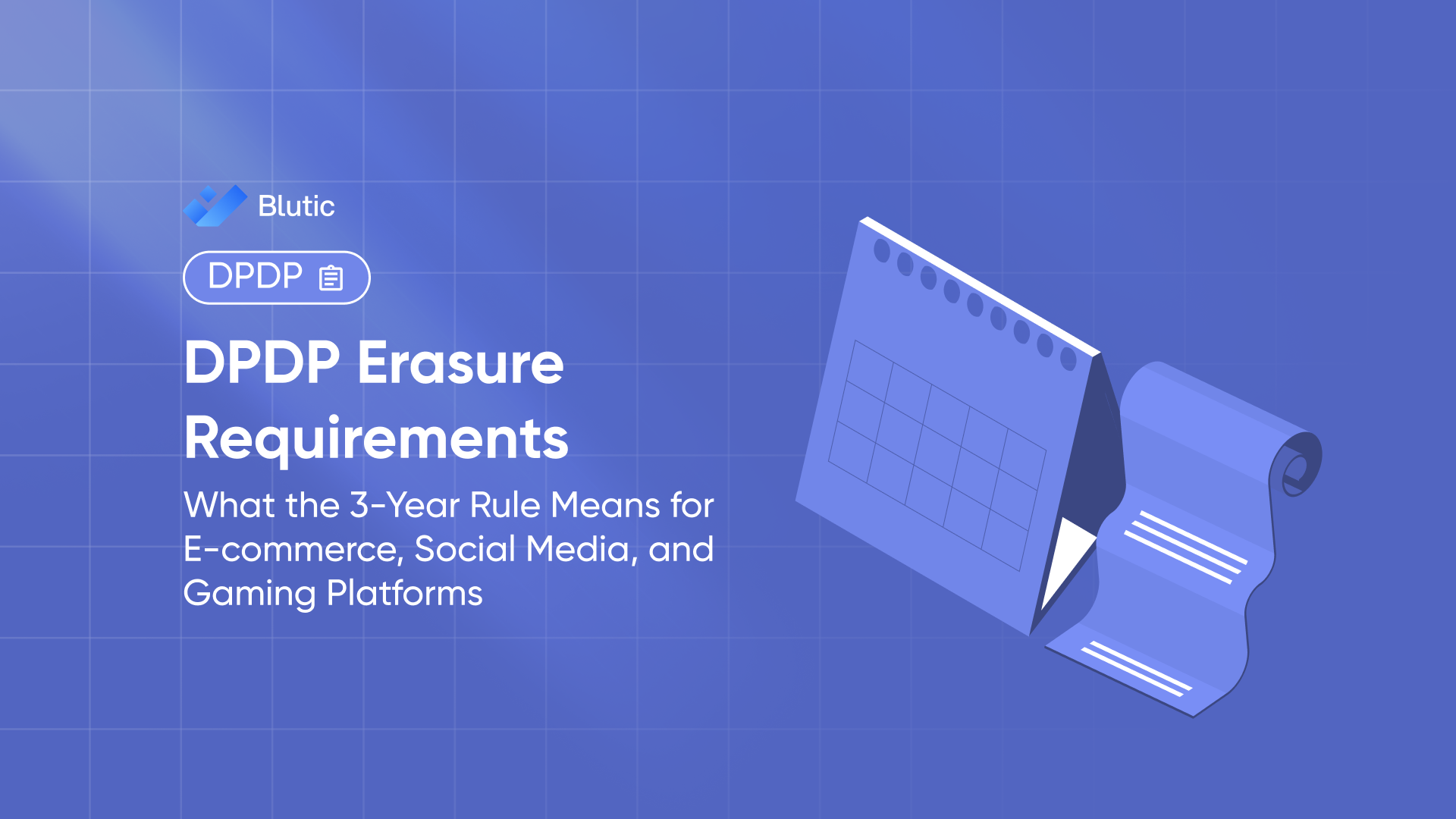The Rise of Consent Tech: Why Every Business Needs a Consent Layer

The Rise of Consent Tech: Why Every Business Needs a Consent Layer
Introduction
In a world driven by digital interactions, every click, view, or submission is data and every piece of data now comes with responsibility. With India’s Digital Personal Data Protection Act (DPDPA) in effect, the need to manage that responsibility at scale has given rise to a critical new function: consent tech.
Consent tech is more than a compliance checkbox. It’s the infrastructure layer that helps businesses operate transparently, legally, and responsibly across web, app, and marketing ecosystems.
This blog explains why a consent layer is now a must-have in every business stack especially for those operating in regulated or privacy-sensitive industries.
What Is Consent Tech?
Consent tech refers to a category of tools and platforms that enable businesses to:
- Request user consent for data collection and processing
- Record and store those consents with time-stamped logs
- Enforce user preferences across systems
- Provide easy withdrawal or modification options
- Stay compliant with data privacy laws like DPDPA and GDPR
At the heart of this is the consent layer the interface and logic that sits between the user and your tech stack, ensuring that only permitted data flows downstream.
Why the Consent Layer Matters More Than Ever
1. The Law Demands It
Under the DPDP Act, businesses can only process personal data with a lawful basis, most commonly consent. That consent must be:
- Freely given
- Informed and specific
- Granular by purpose
- Revocable at any time
- Audit-ready
A consent layer ensures that these requirements are operationalized not just documented.
2. Trust Is Becoming a Differentiator
Users are becoming more privacy-conscious. Businesses that build in transparent controls like cookie preferences, opt-ins, and data access logs signal that they respect user agency.
A visible, user-friendly consent layer fosters credibility in ways policies alone cannot.
3. Your Stack Is Getting More Complex
Most businesses now operate across:
- Websites and mobile apps
- Marketing platforms
- Analytics and CRM tools
- Third-party integrations
Without a consent layer, there’s no centralised way to manage user preferences across these endpoints, leading to fragmentation and compliance gaps.
4. Audit Readiness Is No Longer Optional
Regulators may ask:
- When was consent given?
- For which purposes?
- Can the user withdraw?
- Can you prove it?
If your business can’t answer quickly and clearly, you're exposed. A consent layer backed by consent tech answers these questions instantly.
Where the Consent Layer Fits in Your Business Stack
- Frontend (User Touchpoint): Cookie banners, preference centres, opt-in flows
- Consent Layer (Middleware): Captures, stores, and applies preferences
- Backend/Marketing/Analytics Stack: Enforces only the data permitted under current user consent
This architecture ensures no unauthorized data flows and simplifies change management when laws or internal policies evolve.
Blutic: Powering the Consent Layer for Modern Indian Businesses
Blutic is a purpose-built consent tech platform that helps Indian businesses build, maintain, and optimize their consent layer with ease.
With Blutic, you can:
- Deploy branded, multi-language cookie banners
- Segment cookies by category and region
- Record consent logs with full audit trails
- Offer users a live preference centre
- Integrate with Google Tag Manager, Shopify, WordPress, WooCommerce, and more
- Stay DPDP-compliant without needing custom dev work
Whether you're in fintech, SaaS, e-commerce, or healthcare, Blutic enables privacy-first architecture at scale.
The rise of consent tech isn’t just about regulation; it’s about infrastructure, reputation, and user relationships. The businesses that build a consent layer today will be the ones that scale with trust tomorrow.
Blutic is helping Indian businesses take that leap transforming compliance from a legal necessity into a brand advantage.
Frequently Asked Questions
Yes. While the Act talks about registered consent managers, businesses must have a functional equivalent to collect and track consents lawfully.
Yes. The DPDP Act requires proof of consent, revocation mechanisms, and purpose-specific data usage all of which require a consent layer to manage properly.
More Blogs
Get the indise scoop: the latest tips, tricks, & product updates
%20.png)




